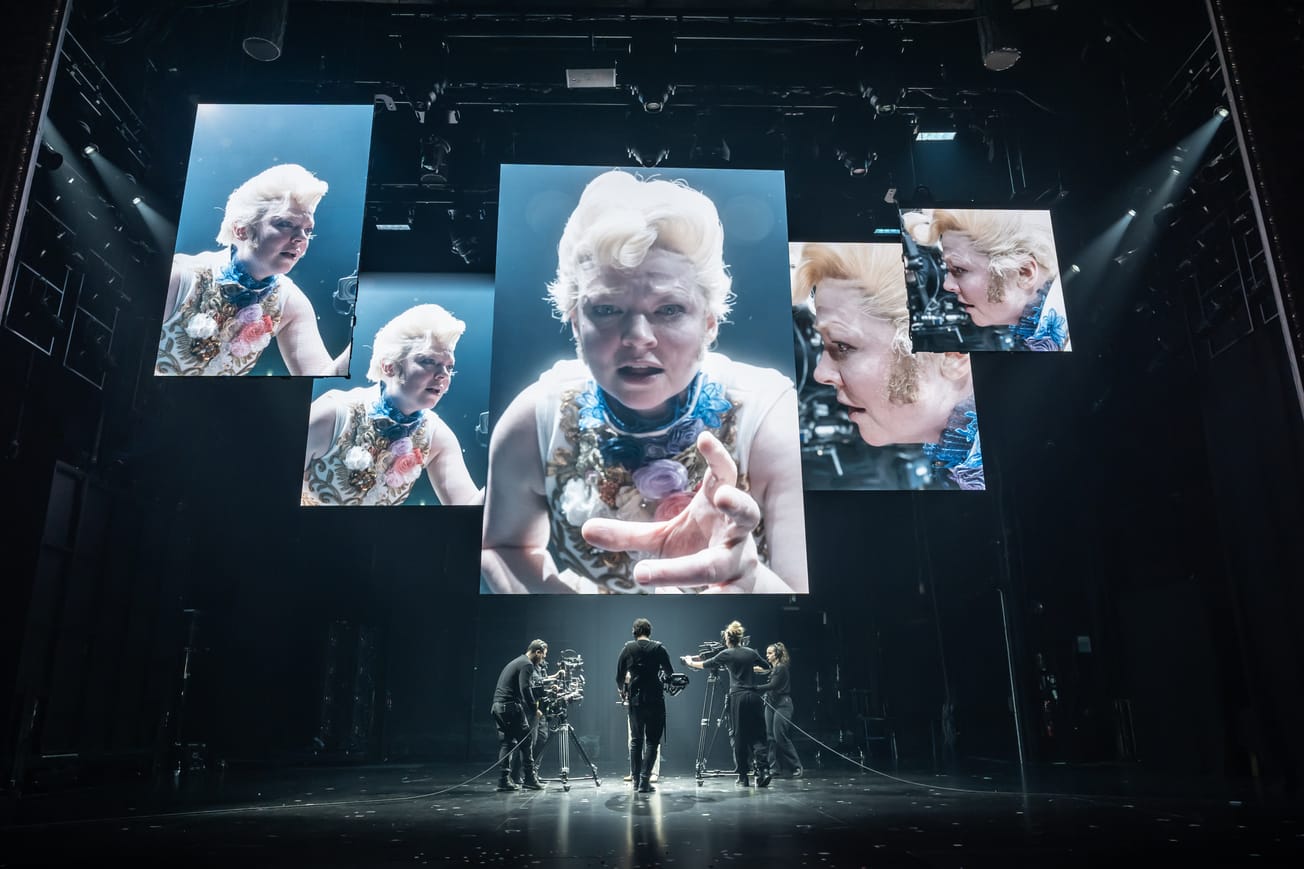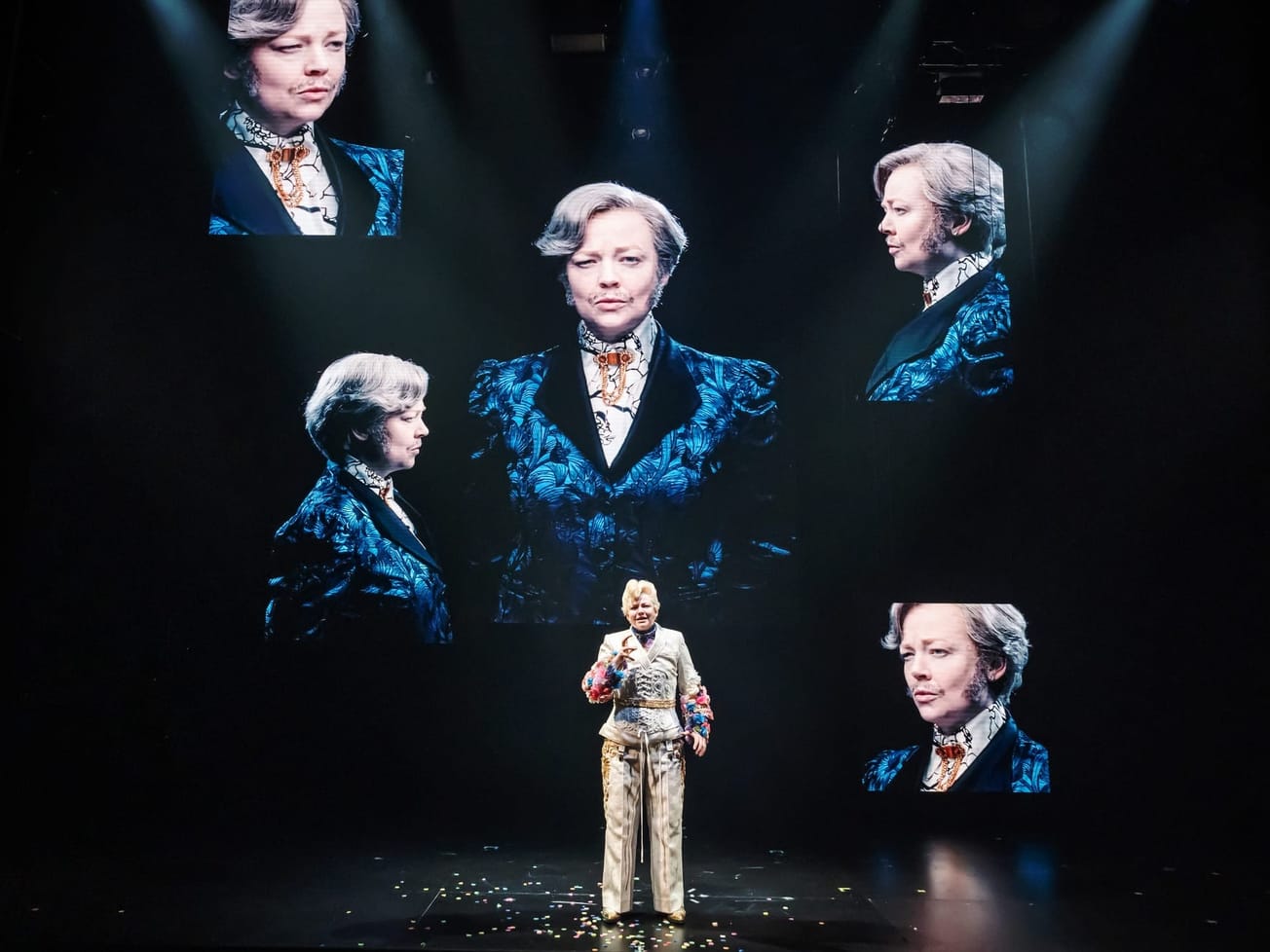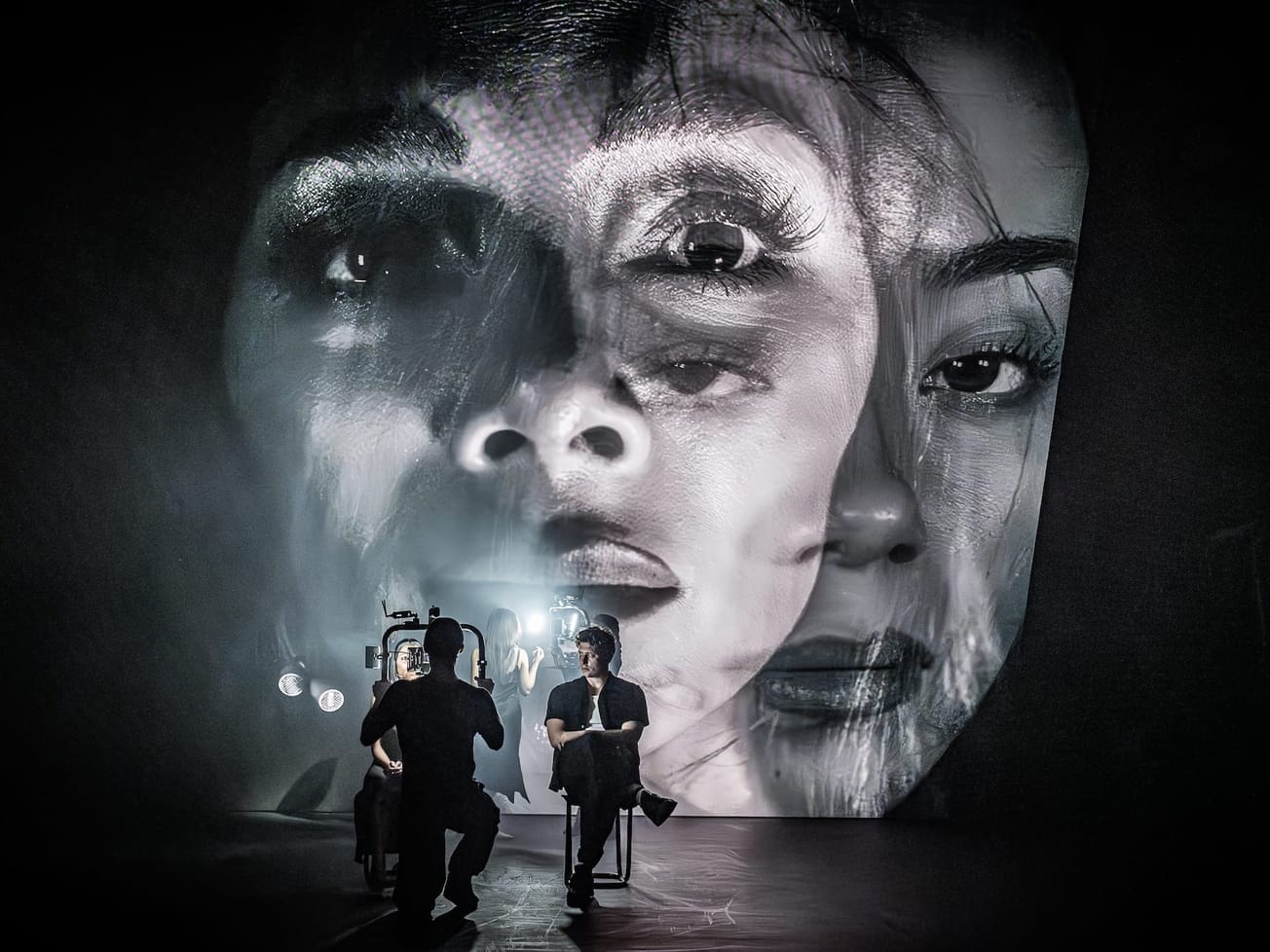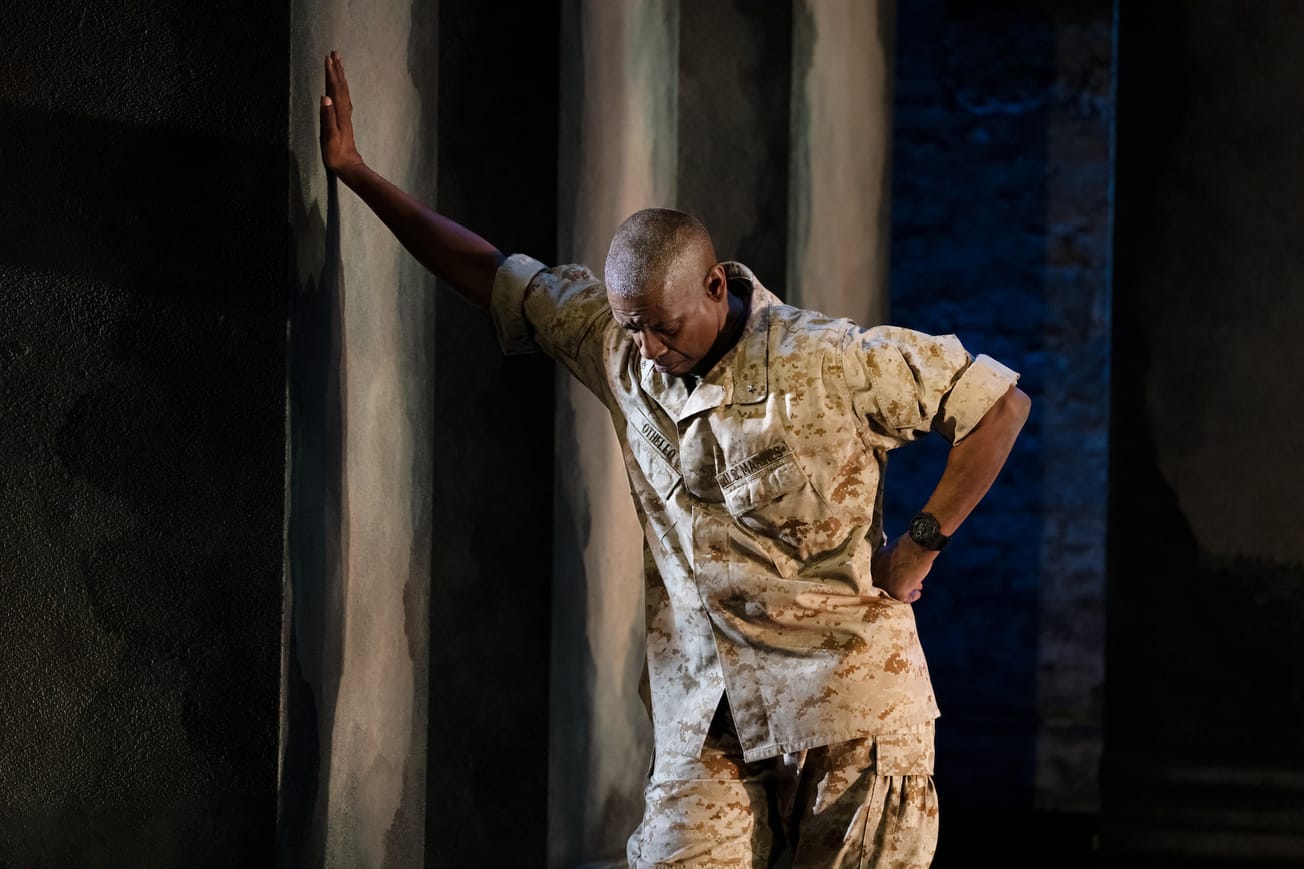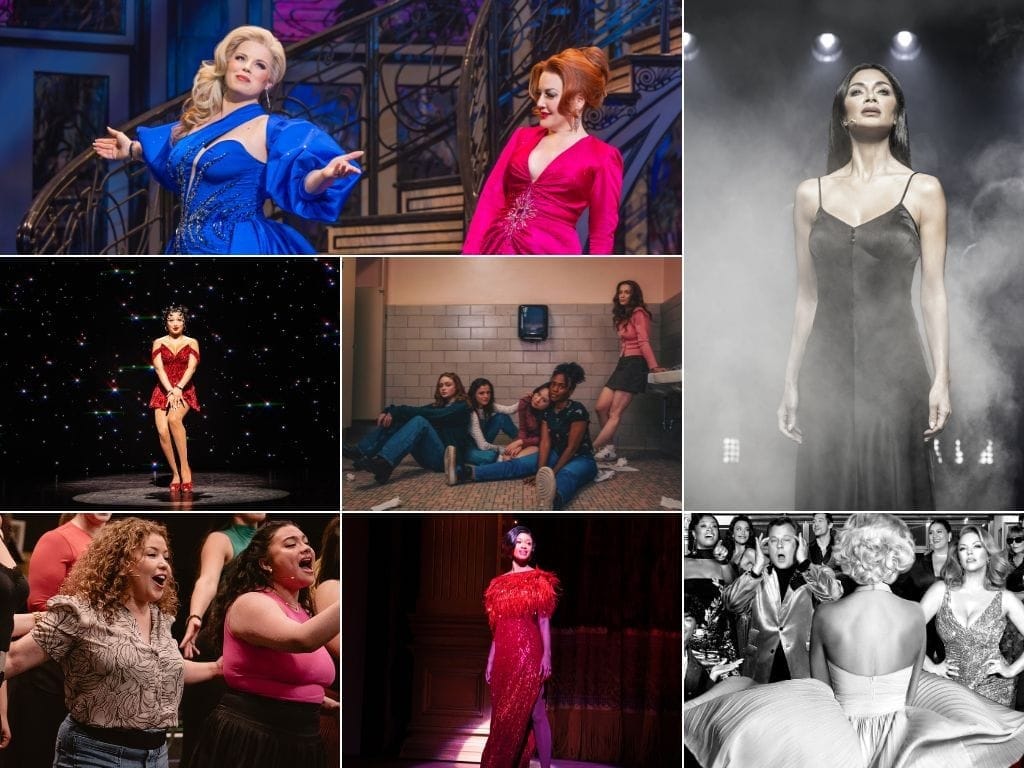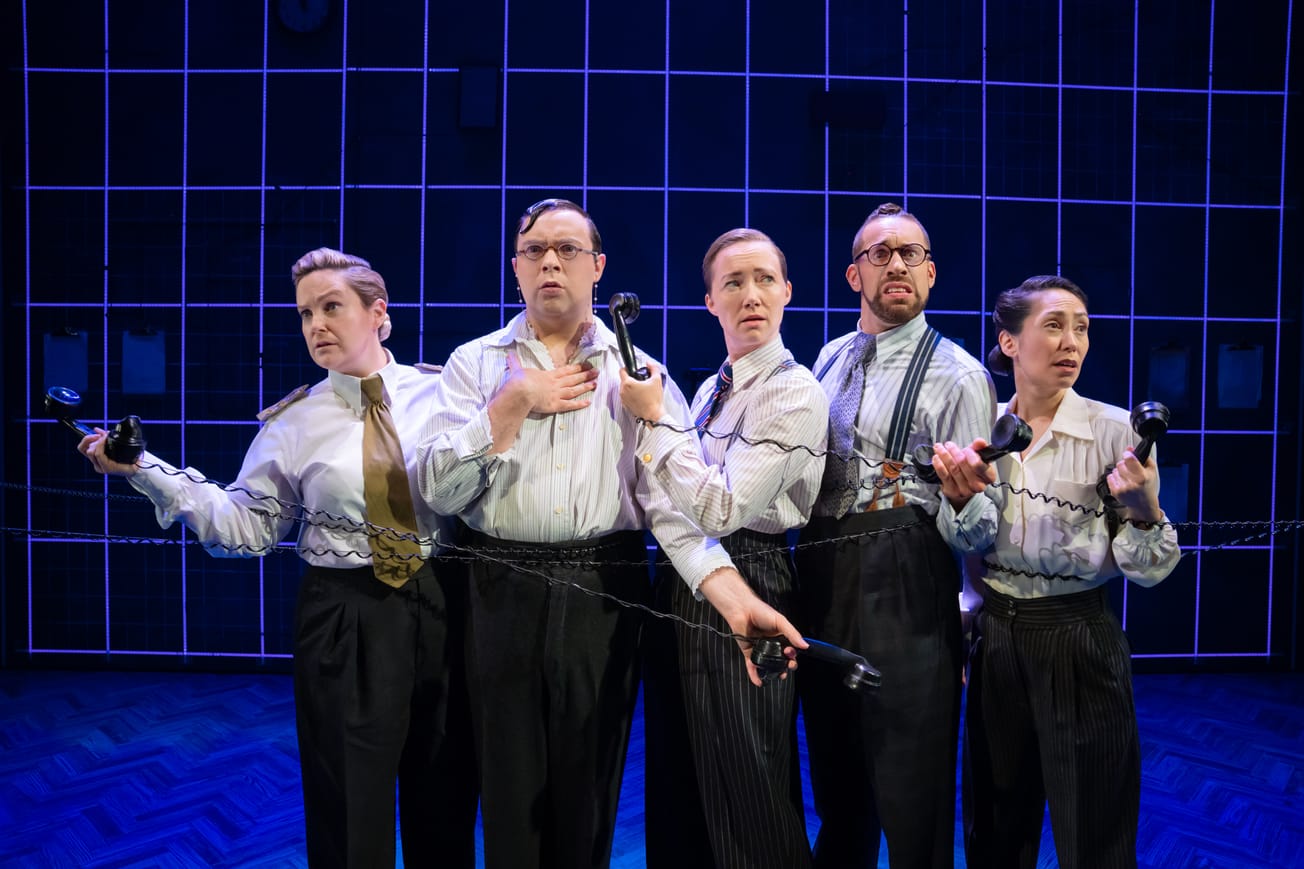The National Endowment for the Arts (NEA) has released new findings on recent arts engagement and the correlation between the arts and social connectedness. The data comes from information collected on the U.S. Census Bureau’s Household Pulse Survey (HPS).
The survey, administered to adults between April 2 and July 22, 2024, collected self-reported data on arts engagement in the previous month. Questions were asked regarding arts attendance, arts creation, access to the arts and social connection. The Census Bureau administered questionnaires to 4,231,379 households across four separate collection periods, and received 288,068 responses.
Arts attendance
Roughly a quarter (25.2%) of respondents attended at least one live, in-person performance and/or art exhibit within the previous month. Focusing on theater, 21.6% attended at least one theater, music or dance performance. Seventeen percent of adults went to the movies within the last month.
The survey breaks this data down by demographics. Individuals ages 55 years or older were less likely than their younger counterparts to attend in-person arts performances.
Regarding gender, individuals who identified as male and female had the same attendance rate at a live-performance: 26%.
There was, however, a greater difference in arts attendance by ethnic background. Black (17.3%) and Hispanic (19.9%) individuals were less likely to attend an in-person arts event than white (28.2%) or Asian (23.5%) individuals.
Respondents with a higher level of education were more likely to have attended an in-person performance in the month prior. Forty-four percent of adults with graduate degrees attended a live performance, compared to 37.6% of individuals with bachelor’s degrees and 8.5% of individuals with a high school education or less.
A similar correlation was seen with household income: the greater the income, the higher the rate of arts attendance. For individuals earning less than $25,000 per year, 16.2% signified attendance at a live event, while 55.2% of adults with a household income of $200,000 or more marked attendance at a minimum of one arts event.
Arts creation
41.9 million adults (or 16.3% of respondents) indicated they participated in creating, practicing or performing in some form of art within the previous month.
Younger adults were twice as likely to create art. Of adults ages 18 to 24, 25.9% indicated they participated in some form of arts creation while only 12.7% of adults ages 55 to 64 indicated doing the same.
Women created arts at a slightly higher rate (17.7%) than their male counterparts (14.8%).
Individuals who identified with two or more races were most likely to create art (20.4), while white individuals were likely to create art at a slightly lower rate (18.6%). Black individuals reported creating art at a 10.1% rate.
Access to arts and cultural activities
Of all survey respondents, 62.2% either agreed or strongly agreed that there are opportunities to participate in arts and cultural activities in their respective communities. On the other hand, 37.8% of respondents disagreed or strongly disagreed with this statement.
Older individuals (70.4% of respondents ages 65 or older) were more likely to acknowledge having local arts opportunities, while only 54.4% of adults ages 18 to 24 felt they had arts access.
With regards to ethnicity, white individuals (66.3%) and Asian adults (64.6%) were most likely to agree they had access to arts opportunities. For Hispanic (53.4%) and Black adults (53.2%). the percent was slightly lower.
Arts and social connection
In response to a 2023 Surgeon General advisory about the dangers of social isolation, the survey offered questions that aimed to examine the connection between arts engagement and connectedness within one’s community.
Overall, respondents who attended in-person arts events reported feeling levels of loneliness with less frequency than non-arts attendees.
Of arts attendees, 38.7% rarely said they experienced loneliness, while 25.4% of non-arts attendees said they are rarely lonely.
However, respondents who created art were more likely to experience some level of loneliness. Only 18.4% of individuals who created or practiced art in the month prior reported never having experienced loneliness, while 27.3% of non-creators said the same.
Arts attendees (29.8%) and arts creators (38.8%) were more likely to indicate they receive the social and emotional support they need than non-attendees (23.4%) and non-creators (30.3%).
“Timely data on arts engagement in our country is key as researchers seek to measure the health of the arts sector following the COVID-19 pandemic, as well as to improve our understanding of how the arts can impact many aspects of our lives, including issues of loneliness and social isolation,” said NEA chair Maria Rosario Jackson in a statement. “The National Endowment for the Arts is pleased to add this report to our expanding body of research on the arts’ benefits for our lives and communities.”
The NEA’s complete report is available here.




















































